29+ Theoretical Framework Examples
In the realm of academic and research endeavors, a theoretical framework stands as a guiding beacon, offering structure and direction to studies across various disciplines. Rooted in the amalgamation of elements, characteristics, and observations, a theoretical framework provides researchers with a roadmap to navigate the intricate landscape of their subject matter. This article delves into the depths of theoretical frameworks, shedding light on their definition, crafting process, and their role in research. By the end of this guide, you’ll be equipped with the knowledge to draft a robust theoretical framework that forms the cornerstone of your scholarly pursuits.
1. Literature Review Example
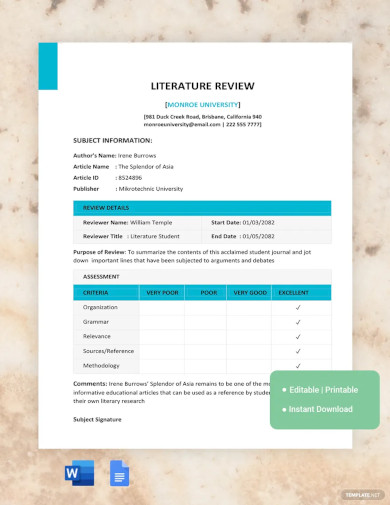
2. Theoretical Research Framework
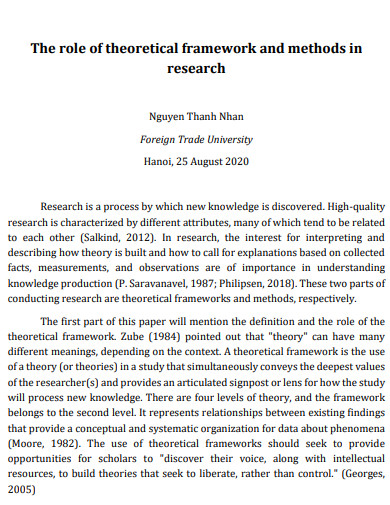
osf.io
3. Thesis Theoretical Framework

ki.instructure.com
4. Qualitative Research Theoretical Framework
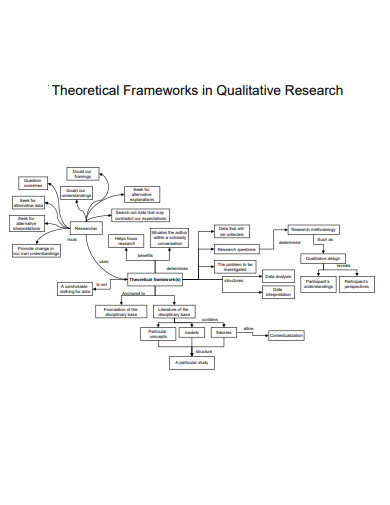
web.ics.purdue.edu
5. Conceptual Framework Diagram
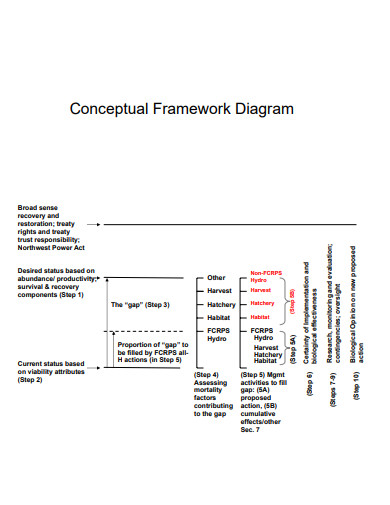
salmonrecovery.gov
6. Quantitative Research Theoretical Framework
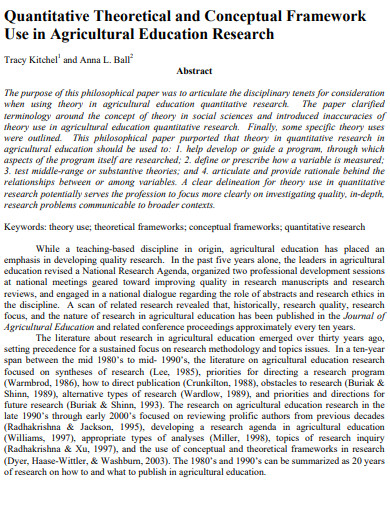
jae-online.org
7. Theoretical Framework for Customer Satisfaction
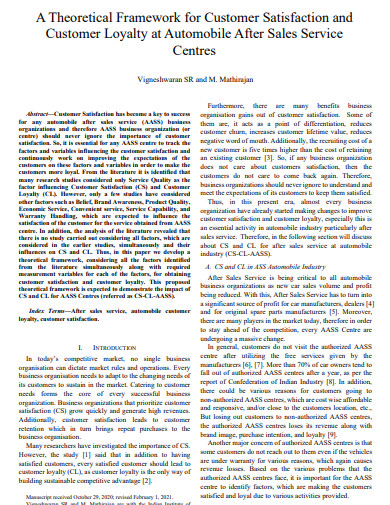
ijimt.org
8. Education Theoretical Framework
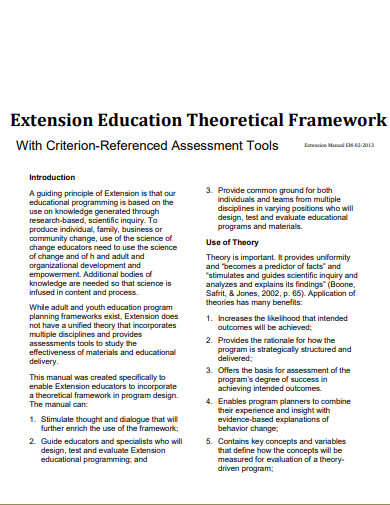
kansas4-h.org
9. Design Theoretical Framework
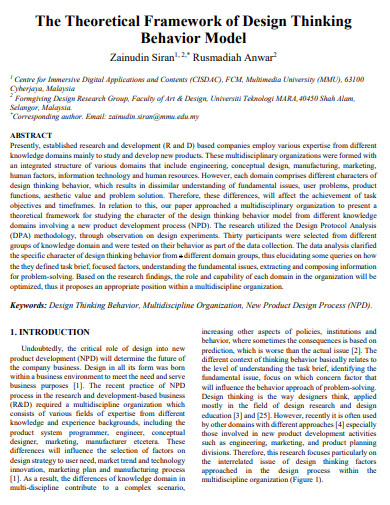
atlantis-press.com
10. Nursing Theoretical Framework
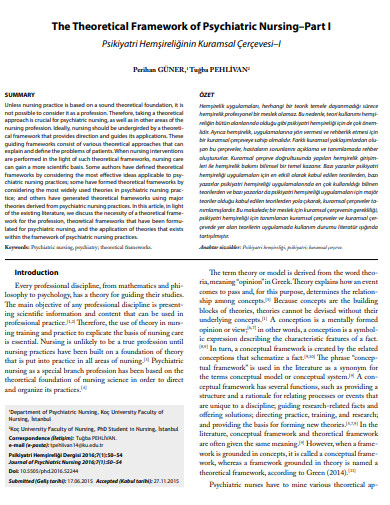
jag.journalagent.com
11. Study of Theoretical Framework
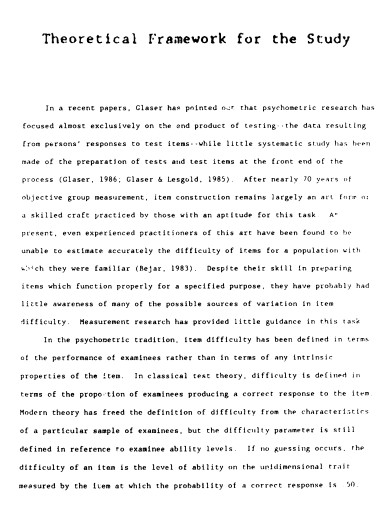
onlinelibrary.wiley.com
12. Experimental Theoretical Framework
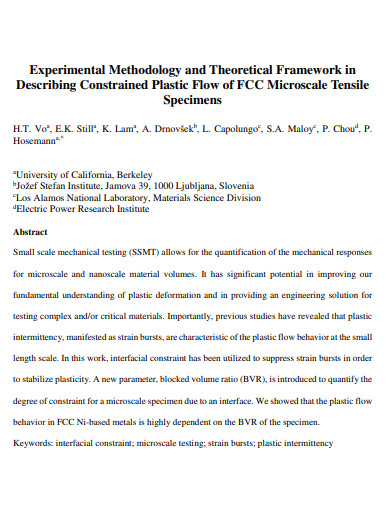
pdf.sciencedirectassets.com
13. Academic Performance of Theoretical Framework
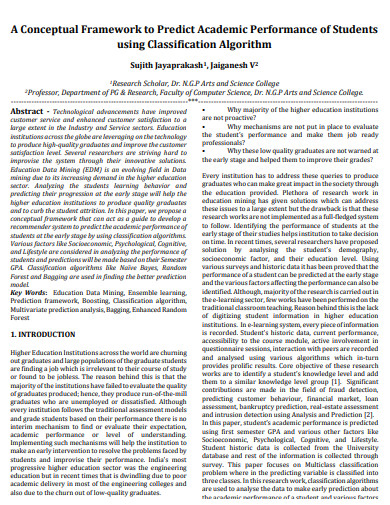
irjet.net
14. Grounded Theory of Theoretical Framework
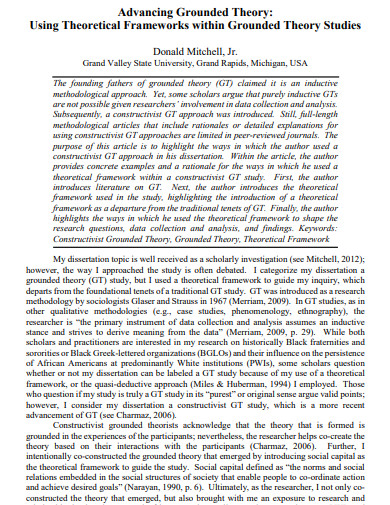
nsuworks.nova.edu
15. Literature Review Theoretical Framework
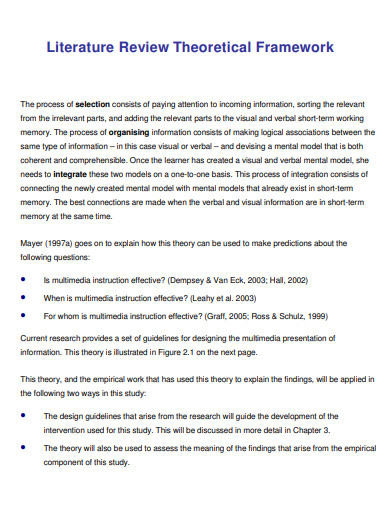
repository.up.ac.za
16. Perception Theoretical Framework
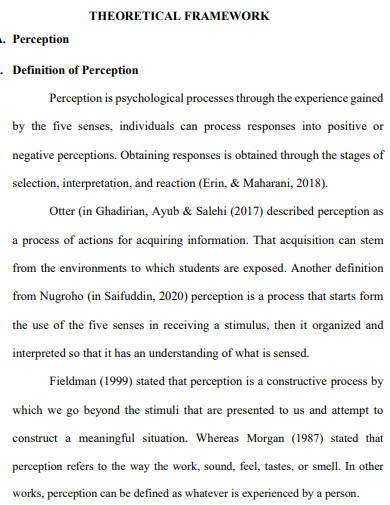
etheses.iainkediri.ac.id
17. Input Process Output Theoretical Framework
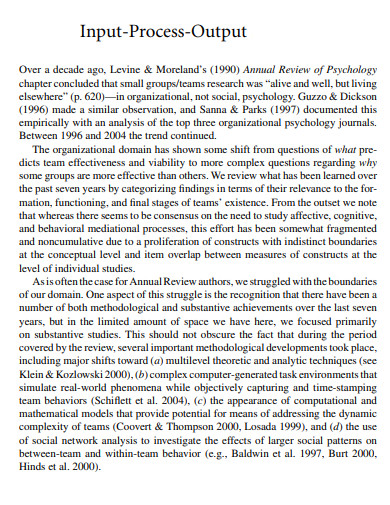
faculty.washington.edu
18. Social media Theoretical Framework
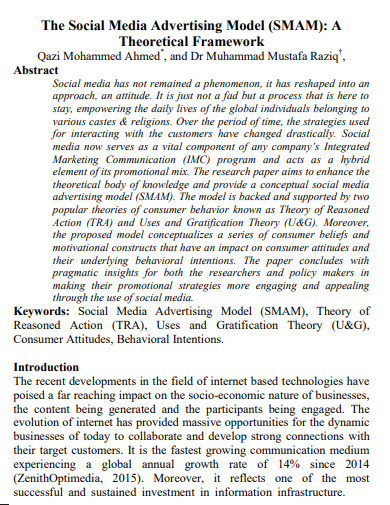
qurtuba.edu.pk
19. Paradigm Theoretical Framework
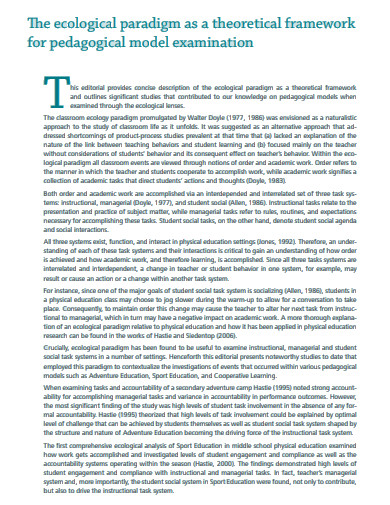
redalyc.org
20. Hypothesis Theoretical Framework
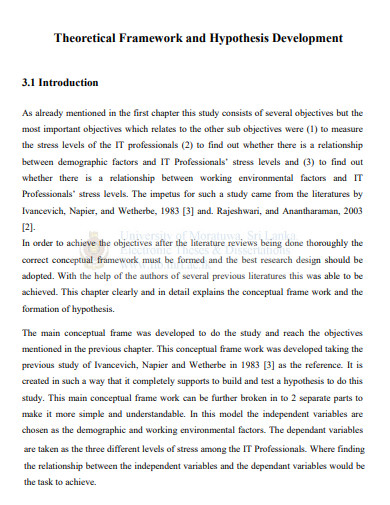
dl.lib.uom.lk
21. Introduction Theoretical Framework
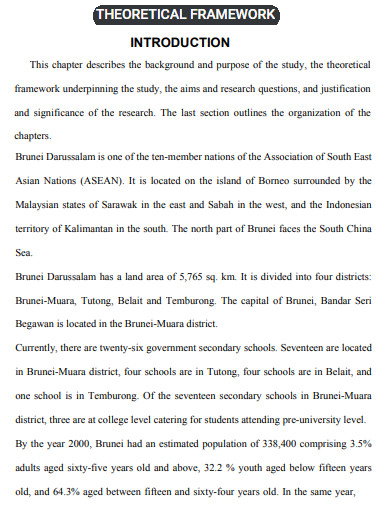
core.ac.uk
22. Time Management for Theoretical Framework
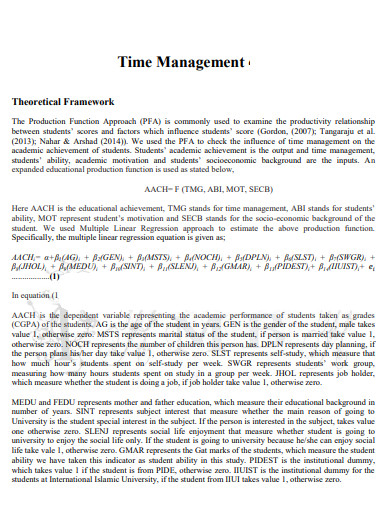
irmbrjournal.com
23. Theoretical Framework of Customer Loyalty
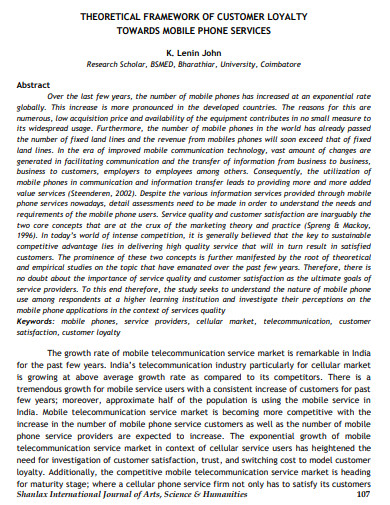
shanlaxjournals.in
24. Architecture Theoretical Framework
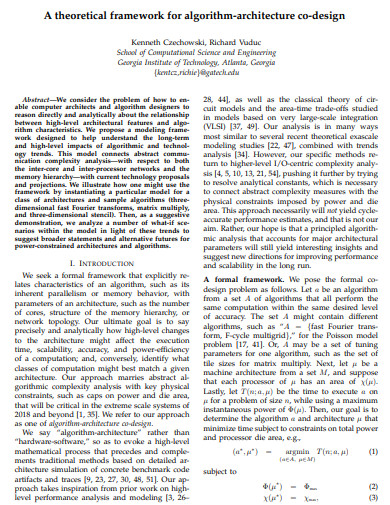
perso.ens-lyon.fr
25. Theoretical Framework of Marketing

repositorio.upt.pt
26. Mental Health Theoretical Framework
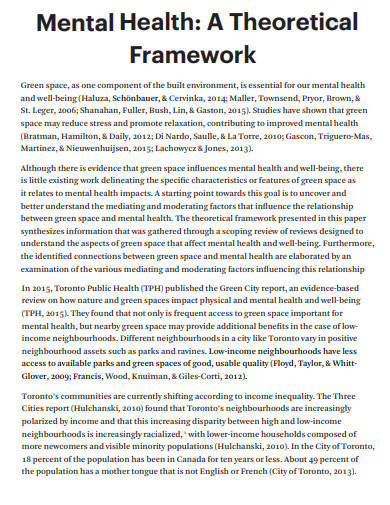
wellesleyinstitute.com
27. Conceptual Theoretical Framework
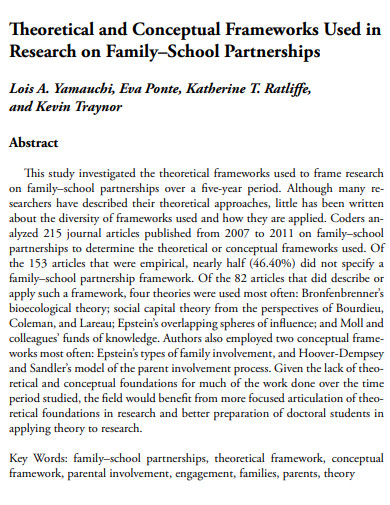
adi.org
28. Depression of Theoretical Framework
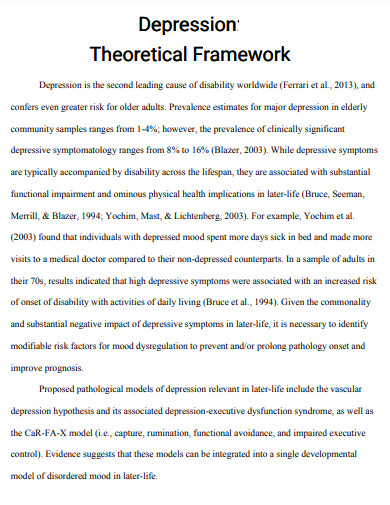
stars.library.ucf.edu
29. Sleep Deprivation of Theoretical Framework

scholarworks.waldenu.edu
30. Theoretical Framework on Consumer Behavior

jcreview.com
What is a Theoretical Framework?
A theoretical framework is a conceptual structure that underpins research, outlining the fundamental principles, assumptions, and concepts that shape a study’s approach. It serves as a lens through which researchers view their subject matter, helping to frame the research questions, identify variables, and establish the relationships between them. A well-constructed theoretical framework not only enhances the clarity and coherence of a study but also provides a rationale for the chosen methodologies and interpretations.
How to Draft a Theoretical Framework
Embarking on the journey of constructing a theoretical framework requires a systematic approach that incorporates precision and critical thinking. The following step-by-step guide will assist you in creating a robust theoretical framework for your research, guiding you through each pivotal stage.
Step 1: Identifying the Objective:
At the heart of any theoretical framework lies a clear objective. Define the purpose of your research and the specific problem you aim to address. This step sets the stage for the subsequent construction of your framework, helping you stay focused and aligned with your research goals.
Step 2: Exploring Existing Theories and Concepts:
Delve into the existing body of knowledge within your field. Identify relevant theories, concepts, and themes that resonate with your research objective. By building upon established frameworks, you enhance the credibility and depth of your theoretical foundation.
Step 3: Establishing Relationships and Correlations:
The strength of a theoretical framework lies in its ability to establish meaningful connections. Determine the relationships and correlations between the variables and concepts you’ve identified. This step involves discerning patterns, analogies, and logical linkages that contribute to a cohesive framework.
Step 4: Defining Key Elements and Characteristics:
Assemble the key elements and characteristics that constitute your theoretical framework. Define the variables, constructs, and operational definitions that will shape your study. Ensure that these components align harmoniously to present a comprehensive and coherent structure.
FAQs
How do I cite a theoretical framework in my research?
When referencing a theoretical framework in your work, follow the citation style specified by your academic institution or publisher. Typically, you would attribute the original source and provide appropriate credit within your text and bibliography.
Can I modify an existing theoretical framework to suit my study?
Absolutely. Adapting an existing theoretical framework to align with your research objectives is a common practice. However, ensure that any modifications made retain the integrity of the original framework while addressing the unique aspects of your study.
Are theoretical frameworks limited to quantitative research?
No, theoretical frameworks are essential for both quantitative and qualitative research. While they may manifest differently in each approach, their role in providing a structured foundation remains consistent.
In the intricate tapestry of research, a theoretical framework emerges as a guiding thread that weaves together concepts, variables, and relationships. By diligently crafting a theoretical framework, researchers illuminate the path toward deeper understanding and meaningful insights. As you embark on your scholarly endeavors, remember that a well-constructed theoretical framework not only elevates the quality of your work but also contributes to the ever-evolving tapestry of human knowledge.


